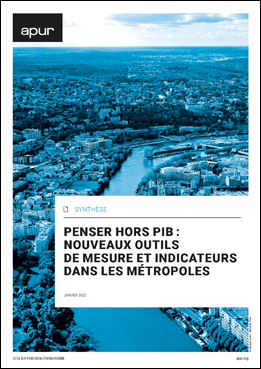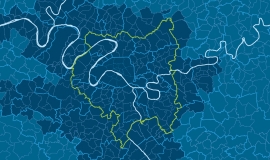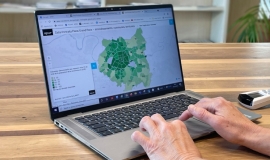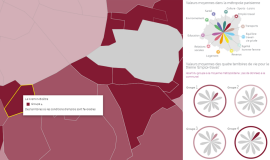To be aware of the development in metropoles by using observation tools is essential for understanding the demographic, social, economic and environmental changes which are taking place. A study assigned to Science Po students by Apur, proposes an inventory of new approaches for measuring territorial development being developed worldwide.

In the early 2020s, the GDP was still one of the most widely used and disseminated indicators for measuring the situation of societies. Even though it focuses exclusively on the notion of economic growth, the GDP is often considered as a general measure of development in areas beyond the economy. However, this indicator has often been criticised because it is too limited in its understanding of human and urban development issues. In addition, the negative externalities of growth are not taken into account by GDP, which doesn’t allow the sustainability of development models to be measured.
New approaches and indicator systems are being developed aimed at increasing a more comprehensive understanding of territorial development. It is nevertheless difficult to have a precise vision of all the alternative systems for analysing development of metropolises throughout the world. For this reason Apur, in 2021, proposed to a group of students from the Masters degree Governing the Large Metropolis at Sciences Po to produce an inventory of these “new approaches” as well as measurement tools.
Their report, entitled “Thinking beyond GPD”, analyses some of these alternative indicator systems in metropolises around the world. It particularly studies some fifteen new approaches spread among different countries, five of which are the subject of more in-depth case studies.
The analysis is based on documentary research enriched by several interviews providing detailed information about each system of indicators: its background, its objectives, its partnership support and management, the dimensions measured and themes addressed, the process of constructing indicators, the state of progress of implementation and the impact of the approach in terms of public action. At the end of their work the students formulate proposals to enhance thinking on new indicator systems that are useful for metropolitan development.
A summary of the main findings of this research has been drawn up by Apur.








